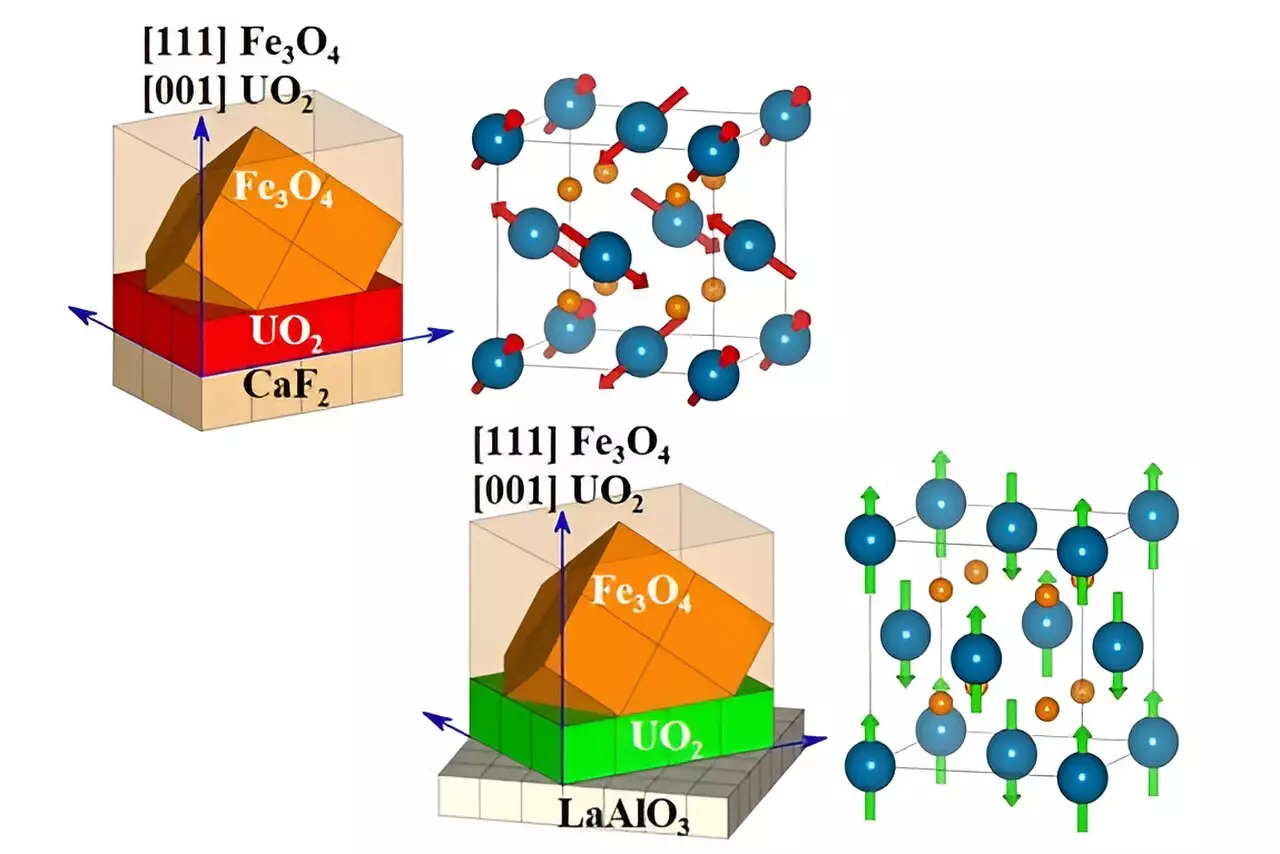Electronics have traditionally been based on the transportation of electrical charges. However, with the emergence of spintronics, there is a new way to manipulate electronic currents and signals by leveraging the intrinsic magnetic moment of electrons. Spintronics has gained significant attention in contemporary electronic research due to its potential to revolutionize electronic technologies.
The Breakthrough in Antiferromagnetic Materials
An international research team, which includes researchers from TU Wien and the Czech Academy of Sciences, recently achieved a groundbreaking feat in spintronics. They successfully switched the spins in an antiferromagnetic material using surface strain. This breakthrough opens up new avenues for research in electronic technologies and has the potential to significantly impact the field.
Antiferromagnetic materials, where neighboring atoms have opposite spins resulting in the cancellation of magnetic forces, have long been overlooked in traditional electronic research. However, the concept of antiferromagnetic spintronics has gained traction in recent years. Researchers have realized the promising properties of these materials for spintronic applications, leading to a new research field that has been rapidly evolving.
One of the biggest challenges in spintronics has been manipulating the spins in antiferromagnetic materials in a reliable and precise manner. Unlike ferromagnets, which are easily influenced by an external magnetic field, antiferromagnets require a different approach. Researchers found that employing surface strain on specific types of crystals could effectively switch the spins in antiferromagnetic materials, paving the way for advancements in spintronics technology.
Utilizing Magnetic Frustration
The phenomenon of “magnetic frustration,” where multiple spin arrangements in a crystal have the same energy, plays a crucial role in the manipulation of antiferromagnetic materials. By applying mechanical stress to compress the crystal lattice slightly, researchers were able to exploit the properties of magnetic frustration to switch the magnetic order of the material. This discovery showcases the potential of utilizing the unique properties of known materials for spintronic applications.
The recent breakthrough in switching spins in antiferromagnetic materials using surface strain represents a significant advancement in the field of spintronics. The research conducted by the international team has opened up new possibilities for utilizing antiferromagnetic materials in electronic technologies. By leveraging the properties of magnetic frustration, researchers have demonstrated the potential of antiferromagnetic spintronics in shaping the future of electronic devices. It is evident that spintronics has the power to bring about transformative changes in the field of electronics, paving the way for more efficient and innovative electronic technologies.


Leave a Reply